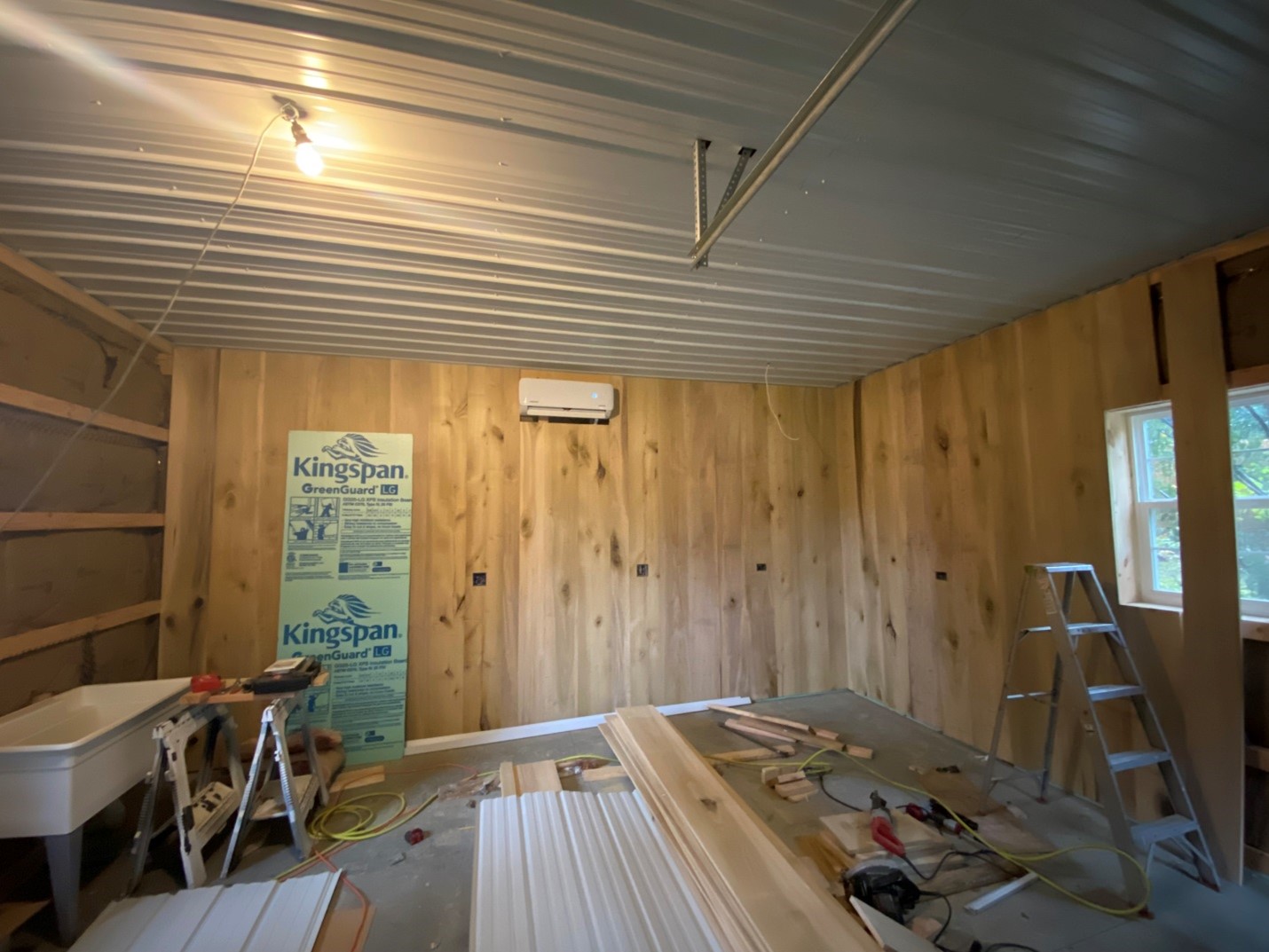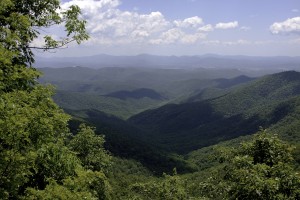Help – My Hobby Shop Has Wall Condensation
Reader EVAN in PHILADELPHIA writes:
“Hi there, I recently constructed a small 20x20x10 pole barn for use as a hobby shop (woodworking, etc.). The eaves have vented soffit and the roof has a ridge vent. On the interior I did a metal ceiling with blown in R-C38 Cellulose. The attic space seems to be ventilating very well and I have no concerns. However, for the walls, I am having some moisture issues and am curious what the best plan of attack might be. The building is wrapped in Tyvek, I then constructed horizontal studs that line up with the exterior purlins and filled the gap with R19 faced Batts. I taped all the seams and tried to seal it the best I could. I then covered the walls with wood panels. However, after some activity that created some moisture in the air of the shop, I decided to check the walls and found the back of the Tyvek and fiberglass insulation soaking wet in a couple spots. Now, granted, the spots I had access to were less than ceiled (Around a pipe) that would be a likely spot for the warm moist air in the shop to get to the cold Tyvek, But I am afraid it’s likely an all-over problem. I know this is probably one of the most common questions you receive but I’m curious what you would recommend? Should I pull the wood panels off and add a vinyl vapor barrier. Would it be okay to put a vinyl vapor barrier over top of the faced fiberglass? Is there any negative to adding a vapor barrier? For example, would the reverse happen in the summertime if the shop is air conditioned? Any thoughts would be appreciated, I wish the company that sold me the barn would’ve discussed all this beforehand! But, we will move ahead. Attached are pictures showing the wall construction.”

This one really is not your provider’s fault.
Your faced insulation is already a vapor retarder. Adding another vinyl vapor barrier over interior of it is unlikely to change your outcome (although it shouldn’t negatively impact anything – other than being a lot of work).
If you do not have a vapor barrier under your slab, seal top of slab.
You have a very small area, so it takes only a very small amount of excess moisture to create challenges. Invest in a good portable dehumidifier (we bought one for our house at Walmart) and run it any time relative humidity inside your shop is over 40%.
This should take care of your challenge.
 Are you looking to build on sloped land? It certainly is possible, and you can even gain benefits from doing so. You will need to plan around that land though, to ensure your pole building is positioned correctly.
Are you looking to build on sloped land? It certainly is possible, and you can even gain benefits from doing so. You will need to plan around that land though, to ensure your pole building is positioned correctly. 





